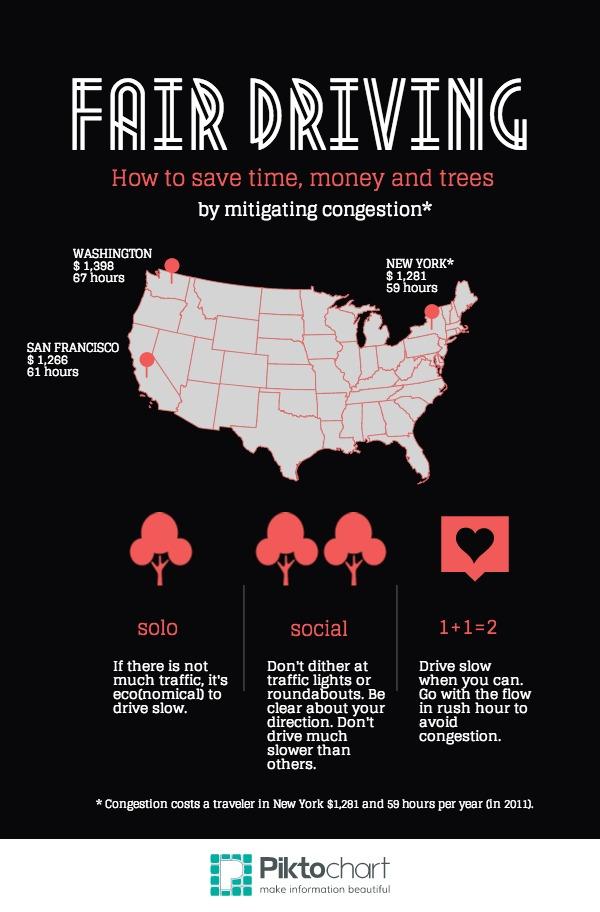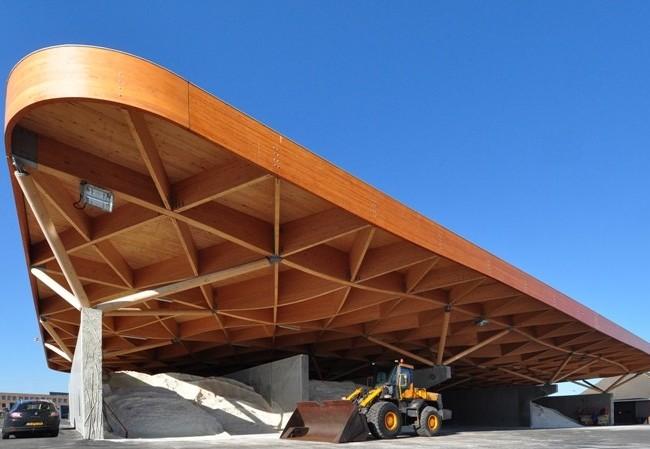Many fuel-saving tips advise driving slowly, but you should actually often drive fast to save fuel and minimize the impact on the environment. Driving slowly works to save fuel on an individual level, but if you’re hoping to drive green, this strategy can cause drivers on the road with you to burn more fuel, so it doesn’t help cut emissions in the bigger picture.
Take traffic lights for example. A driver that takes off quickly once the light turns green will allow more cars to get through the light with him. The driver who accelerated slowly hoping to save fuel, however, could hold up a couple of cars behind him. Those cars will sit idling at the red light waiting for the next green. Speed, if used wisely, can reduce congestion and thus the collective burning of fuel.
With no traffic on the road, reducing speed is a perfectly justified green strategy and your environment will love you for it. If traffic increases, however, this is not the way to go green. The roads are like an ecosystem with each driver affecting many other drivers. In traffic then, we need to adopt a fast and furious green driver mentality, so as to avoid congestion. Congestion is the real archenemy of green drivers.
Here are six tips to speed up your whole commuting community in a green fashion, as recommended by Traffic Technology Today:
- Traffic lights: Anticipate the green light (have your passengers help you), be in gear and prepared to drive away promptly. Don’t keep too much distance between cars. Don’t go slow down more quickly than necessary for a red light, it might turn green soon and you would have slowed down for nothing. Make use of smart in-car traffic light technology or get a traffic light app on your navigation system.
- Roundabouts: Stay in one lane, if possible, and use your turn signal to indicate your direction so others won’t stop needlessly for you.
- Highways: Accelerate on the entrance ramp to merge at the appropriate speed for that highway. Choose your lane wisely; don’t stay in the outer lanes if you don’t need to. Don’t use your brakes if you don’t have to; try to anticipate slow driving far ahead and reduce speed gradually as needed. If exiting, don’t slow down on the highway; wait until you are on the exit ramp to decelerate.
- Two-lane roads: Don’t hold up other drivers; stop and let them pass if you can’t maintain the posted speed limit.
- Curves and crossroads: Don’t slow down more than you need to for safety; make sure others can pass you when turning off the road.
- Cyclists and pedestrians: Clearly signal turns and it is really not necessary to press the button for crossing if you don’t plan to wait for the light to turn green to cross.

But, when no other drivers are in sight, so if you are out there on the road relatively solo, it’s of course more green to ease up the speed.
Drive Slower When There’s No Traffic
- Accelerate steadily on entrance ramps. You will hit the highway at a relative slow speed.
- Decelerate on highways way before the exit ramp (to avoid braking).
- Accelerate slowly when you’re stopped at a traffic light and it turns green.
- Turn your engine off at red traffic lights.
- Reduce your speed going uphill and increase speed going downhill.




